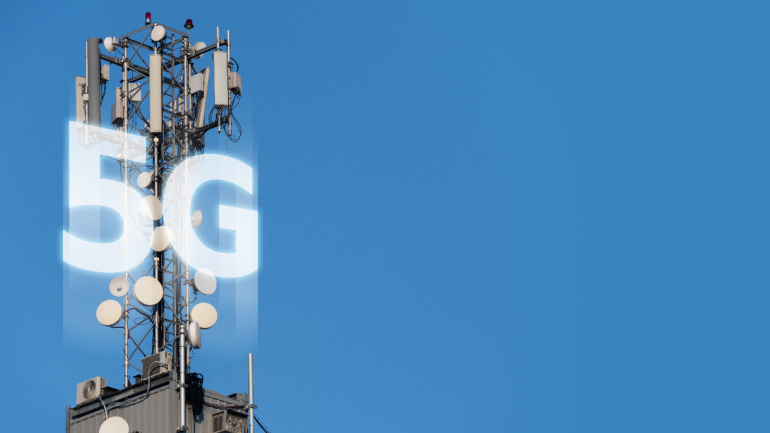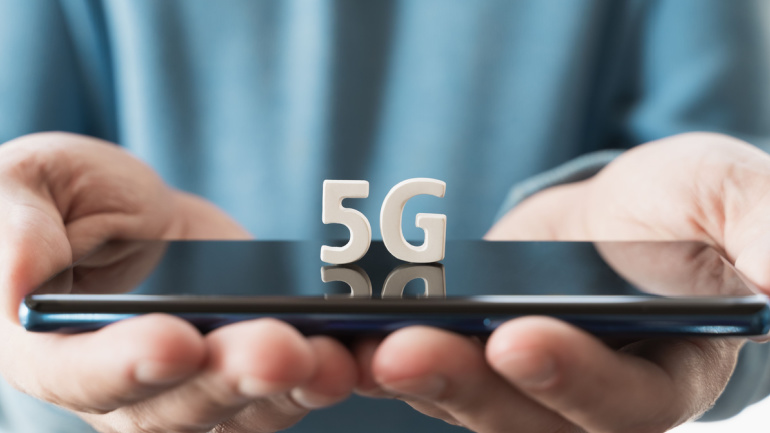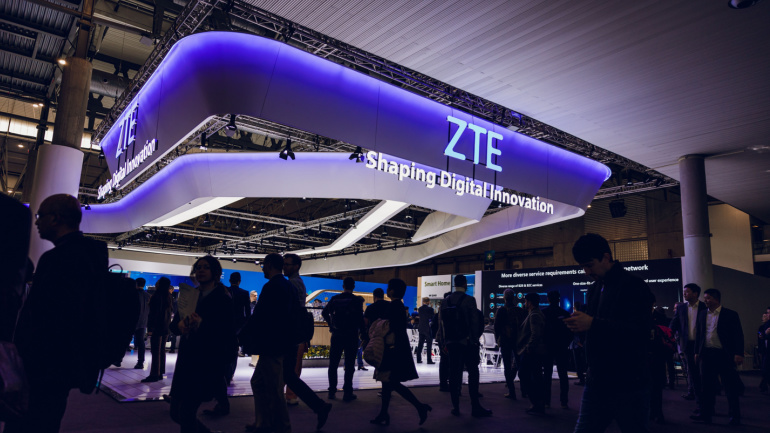In the dynamic landscape of telecommunications, Charter Communications is strategically addressing the challenges posed by emerging technologies such as fiber optics and fixed wireless access (FWA). The company’s Chief Financial Officer, Jessica Fischer, highlighted Charter’s resilience against fiber competition, emphasizing the significance of pacing in the deployment of this technology.
In collaboration with Ericsson and Qualcomm, T-Mobile, renowned as the ‘uncarrier,’ has undertaken a groundbreaking 5G standalone (SA) test, showcasing the potential of its millimeter-wave (mmWave) spectrum. The test utilized an impressive eight channels, achieving a peak download speed of 4.3 Gbps, with uplink channels combining to reach 420 Mbps.
In a significant move, Australia has auctioned off 3.4 GHz and 3.7 GHz spectrum bands, amassing a considerable A$722 million. Telstra emerged victorious, with plans to enhance its 5G offerings, notably in rural Australia. However, Telstra’s rivals also secured frequencies, with speculation around their strategic plans. ACMA chair affirmed the benefits of this allocation for digital connectivity and competition, reflecting the shared optimism of telecom regulators and companies.
As 5G Fixed Wireless Access (FWA) evolves with its next phase, 5G Advanced, worldwide research indicates growth and potential for higher speeds and reduced latency. The Middle East currently showcases impressive progress with over 1.6 million 5G FWA users. Yet, debates exist over its future, exploring whether 5G FWA will remain an affordable alternative to fixed broadband or tap into its speed for new applications. Moreover, cost is a concern for Customer Premises Equipment (CPE) devices, considered a current hurdle in advancing 5G FWA.
One New Zealand’s strategic acquisition of local operations from UK-small cell provider Dense Air aims to strengthen mid-band spectrum. Promising enhancements to fixed-wireless access services, this merge incorporates a significant 70 MHz of spectrum into One NZ’s 4G and 5G networks. This move aligns with the company’s efforts towards modernizing its network, hinting towards a customer-centric future with expanded 5G network and possible SpaceX collaboration.
Dell’Oro Group’s RAN 2030 Advanced Research Report hints at long-term growth in the RAN market, suggesting investments could surpass $40 billion by 2030. Despite challenges like short-term boosts due to new technologies, infrastructural opportunities in Fixed Wireless Access and private networks might augment growth. The report also anticipates macro RAN deployments leading the 6G era. However, the analysis remains mindful of potential obstacles clouding this optimistic outlook.
At the Global Mobile Broadband Forum 2023, Ken Hu of Huawei underscored the impressive growth of 5G networks worldwide, signaling a transformative shift. With 260 5G networks serving almost half the global population, 5G is identified as the catalyst of synergistic growth in the B2B market. However, realization of its full potential will base on consistent network investment, as reiterated by Bruce Lam—CEO, Consumer, at Hong Kong Telecommunications.
In a robust move, Nokia is set to enhance 5G Fixed Wireless Access (FWA) with the unveiling of FastMile, two innovative solutions aimed at boosting indoor and outdoor coverage. This stride could revolutionize the industry, especially when considering wall attenuation effects on network capacity. FastMile’s outdoor solution cleverly sidesteps signal loss due to wall materials, while an intuitive mobile app assists users in determining the best placement for their receivers—shaping a route towards an optimal user experience in telecommunications.
In a game-changing move, Voneus aligns with Broadway Partners, Cadence Networks, and SWS Broadband, facilitated by Macquarie Capital, IIF, and Tiger Infrastructure Partners, alongside a hefty £250 million investment. Known for boosting superfast broadband in underserved UK rural areas, Voneus’ ambitious scope partnered with Project Gigabit has proven an investment magnet. Phantom impacts of this colossal merger are yet to unfold, but Voneus sets its sights on servicing 350,000 premises across the UK in a dynamic shift in the telecommunications sector.
The surging interest in cloud-based applications represents a flourishing sector of the tech sphere, by providing an enhanced user experience and considerable savings on terminal investments. Telecommunication giant, ZTE, demonstrates this potential with their virtual STB (vSTB) solution in the television industry – a pioneering effort that bypasses traditional terminal downturns hampering TV service expansion. This solution effectively confronts challenges of limited service quality and hard adaptation processes linked with operator TV services, and eliminates sizable terminal outlays. Similarly, the cloud STB product presented by China Mobile and ZTE capitalises on China Mobile’s robust computing capacities and thus streamlines content broadcast to every terminal.













